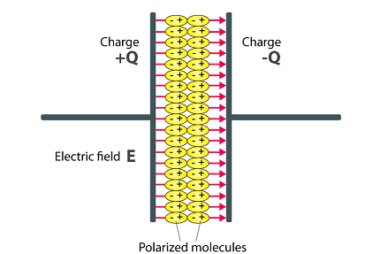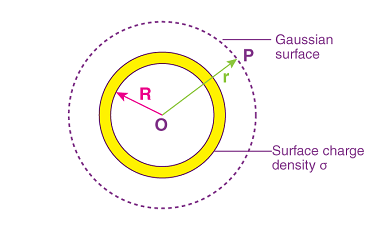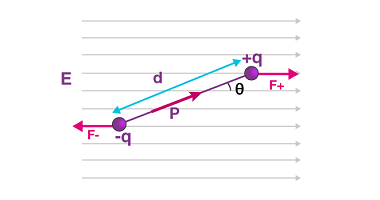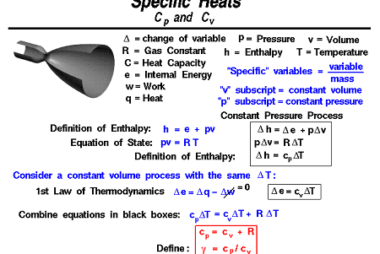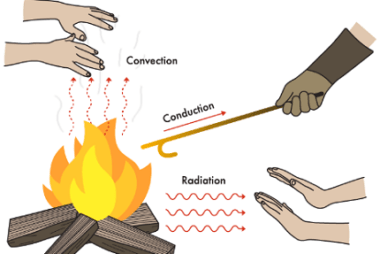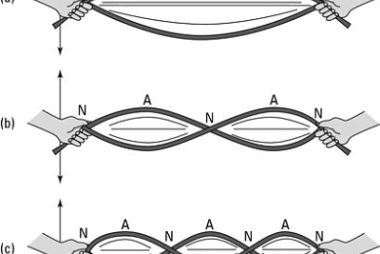Without dielectrics
Dielectrics are materials that do not conduct electricity, but can store electric charges. They are used in various applications, such as capacitors, insulation, and in electronic devices to prevent short-circuits. Dielectrics are also known as insulators and have high resistivity to the flow of electric current. Without dielectrics, electrical systems would not be able to…
